We are uncertain as to whether vitamin D supplements in the form of vitamin D 3 vitamin D 2 125-dihydroxyvitamin D or 25-dihydroxyvitamin D have important effect on all-cause mortality liver-related mortality or on serious or non-serious adverse events because the results were imprecise. The vitamin DVDR axis plays a critical role in modulating the onset and severity of a range of hepatic insults.
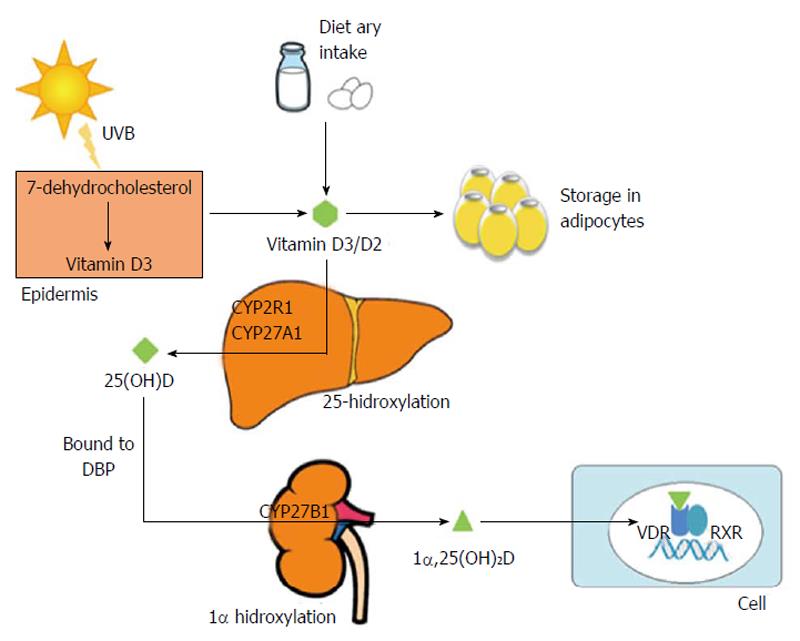 Vitamin D Deficiency In Chronic Liver Disease
Vitamin D Deficiency In Chronic Liver Disease
Therefore improving vitamin D status could have a beneficial effect on people with chronic liver diseases.
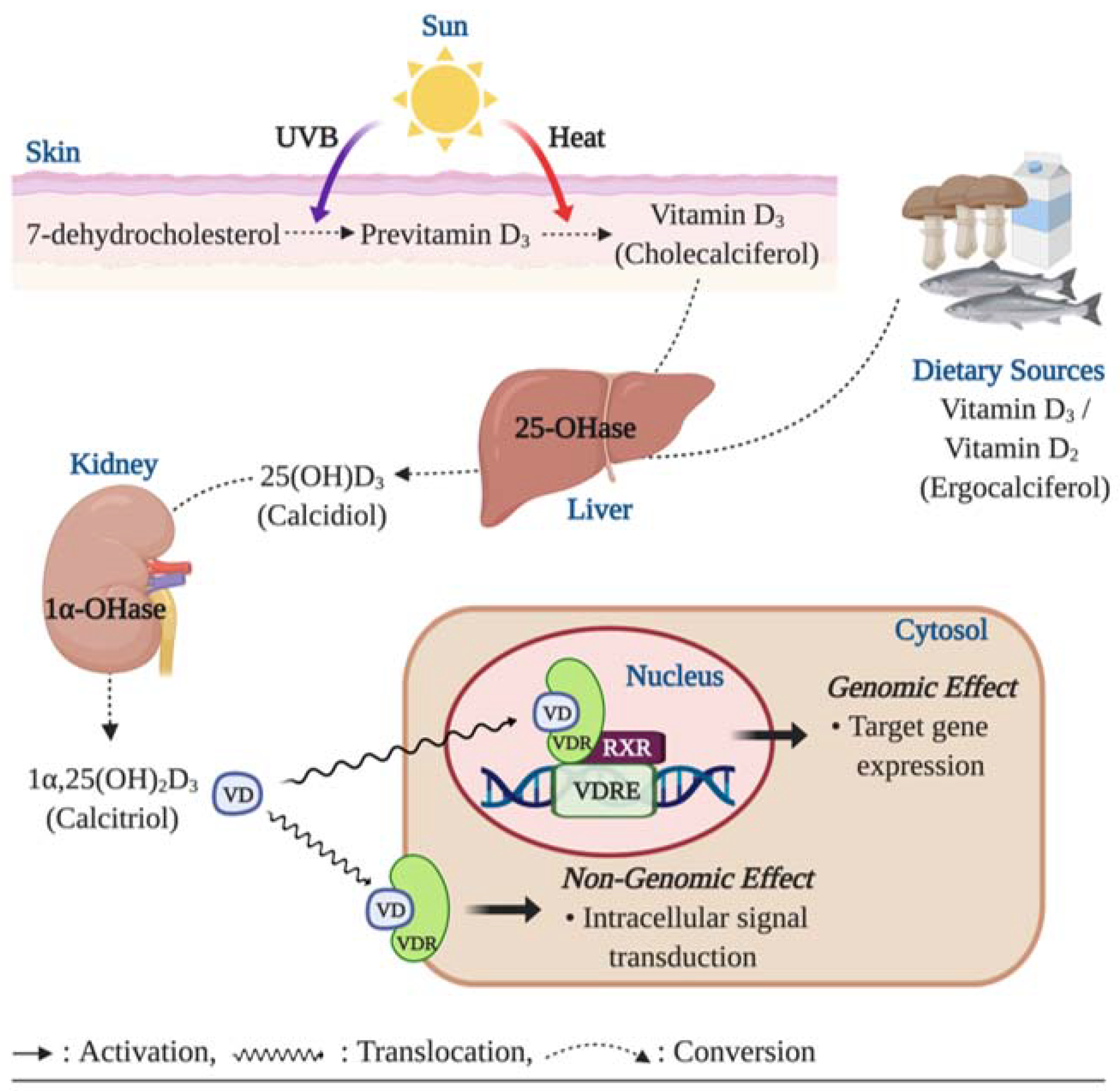
Vitamin d liver. Marked 25-hydroxyvitamin D deficiency is associated with poor prognosis in patients with alcoholic liver disease. According to several clinical reports and human trials individuals with chronic liver disease are especially prone to Vitamin D deficiency. Liver disease has also been strongly linked to vitamin D deficiency and the development of the vitamin D receptor VDR knockout VDRKO murine model has greatly.
Beef liver cheese and egg yolks have small amounts of vitamin D primarily in the form of vitamin D 3 and its metabolite 25OHD 3. Vitamin D needs fat for absorption without it levels will continue to decline in the body. This review summarises the role of vitamin D in liver homeostasis and disease and discusses the therapeutic potential of vitamin D-based treatments to protect against hepatic disease progression and to improve response to treatment.
Vitamin D is not considered an essential vitamin for liver function but liver function is essential to providing vitamin D to the body. A growing body of evidence connects vitamin D with hepatic disease. However storage is not the only association vitamin D3 has with your liver it also requires your.
It is not difficult to imagine that when liver function deteriorates as in the case of cirrhosis the synthesis of vitamin D is affected to a large degree leading to a drop of vitamin D in the. In acute liver injury vitamin D is suggested to block the activation of Kupffer macrophages via the suppression of. After vitamin D is ingested or produced by the body after exposure to the sun it travels to the liver for it to be metabolized into a usable form.
Without this conversion into the active form vitamin D cannot perform its vital functions in the body. However the effect of vitamin D supplementation on fibrogenic factors has not been investigated in NAFLD individuals with steatohepatitis. Mushrooms provide variable amounts of vitamin D 2 17.
This further affects the body by decreasing the levels of absorption of dietary calcium to 10-15 and phosphorus to 60. I have no idea where you got the information that taking Vitamin D at doses of 7000 IUs per day which is about 50000 IUs per week will hurt your liver- there is just simply no research that says that at all. Vitamin D deficiency is often reported in people with chronic liver diseases.
Some mushrooms available on the market have been treated with. A major issue associated with the Liver and Vitamin D is fat malabsorption during liver disease. A fat-soluble vitamin Vitamin D relies on the liver for conversion to its active form.
Vitamin D3 is a fat-soluble vitamin which means it is stored in your body fat and your liver. Vitamin D and its receptor VDR are involved in the regulation of innate and adaptive immune responses and emerging. Vitamin D and Fatty Liver Disease.
Vitamin D plays a major role in hepatic pathophysiology demonstrated by studies showing that it actively inhibits liver fibrosis and that its deficiency is associated with liver dysfunction and severity of liver diseases. In the liver inactive vitamin D is converted into its active form called 25-hydroxyvitamin D. Vitamin D may help prevent the development of fatty liver disease and metabolic disorders.
It has been suggested that vitamin D and its receptors involve in suppressing fibrogenic signaling in non-alcoholic fatty liver disease NAFLD. The activity of vitamin D is further enhanced in the kidneys where 25-hydroxyvitamin D is converted to 125-dihydroxyvitamin D the most potent form of vitamin D. Unlike any other vitamin Vitamin D is actually a pre-hormone.
Vitamin D deficiency is often observed with fatty liver disease and obtaining sufficient amounts of vitamin D is important for facilitating liver repair and fighting inflammation. To assess the beneficial and harmful effects of vitamin D supplementation in people with chronic liver diseases. The biological actions of vitamin D 1α25OH 2 D 3 are mainly mediated by vitamin D receptor VDR which is a member of nuclear hormone receptor superfamilyExpression of VDR has been identified not only in all major vitamin D target tissues but also in immune cells and non-parenchymal liver cells Regardless of ubiquitous presence of VDR.
The researchers agreed that severe vitamin D deficiency was more common among those with cirrhosis an advanced form of liver disease that can lead to liver cancer. Summary of the actions of vitamin D across the spectrum of liver disease.
 Vitamin D A New Player In Non Alcoholic Fatty Liver Disease
Vitamin D A New Player In Non Alcoholic Fatty Liver Disease
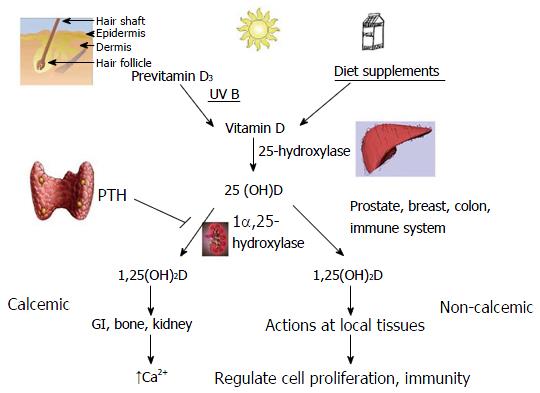 Influence Of Vitamin D On Liver Fibrosis In Chronic Hepatitis C A Systematic Review And Meta Analysis Of The Pooled Clinical Trials Data
Influence Of Vitamin D On Liver Fibrosis In Chronic Hepatitis C A Systematic Review And Meta Analysis Of The Pooled Clinical Trials Data
 Proposed Mechanisms Of Vitamin D Signalling In Chronic Liver Disease Download Scientific Diagram
Proposed Mechanisms Of Vitamin D Signalling In Chronic Liver Disease Download Scientific Diagram
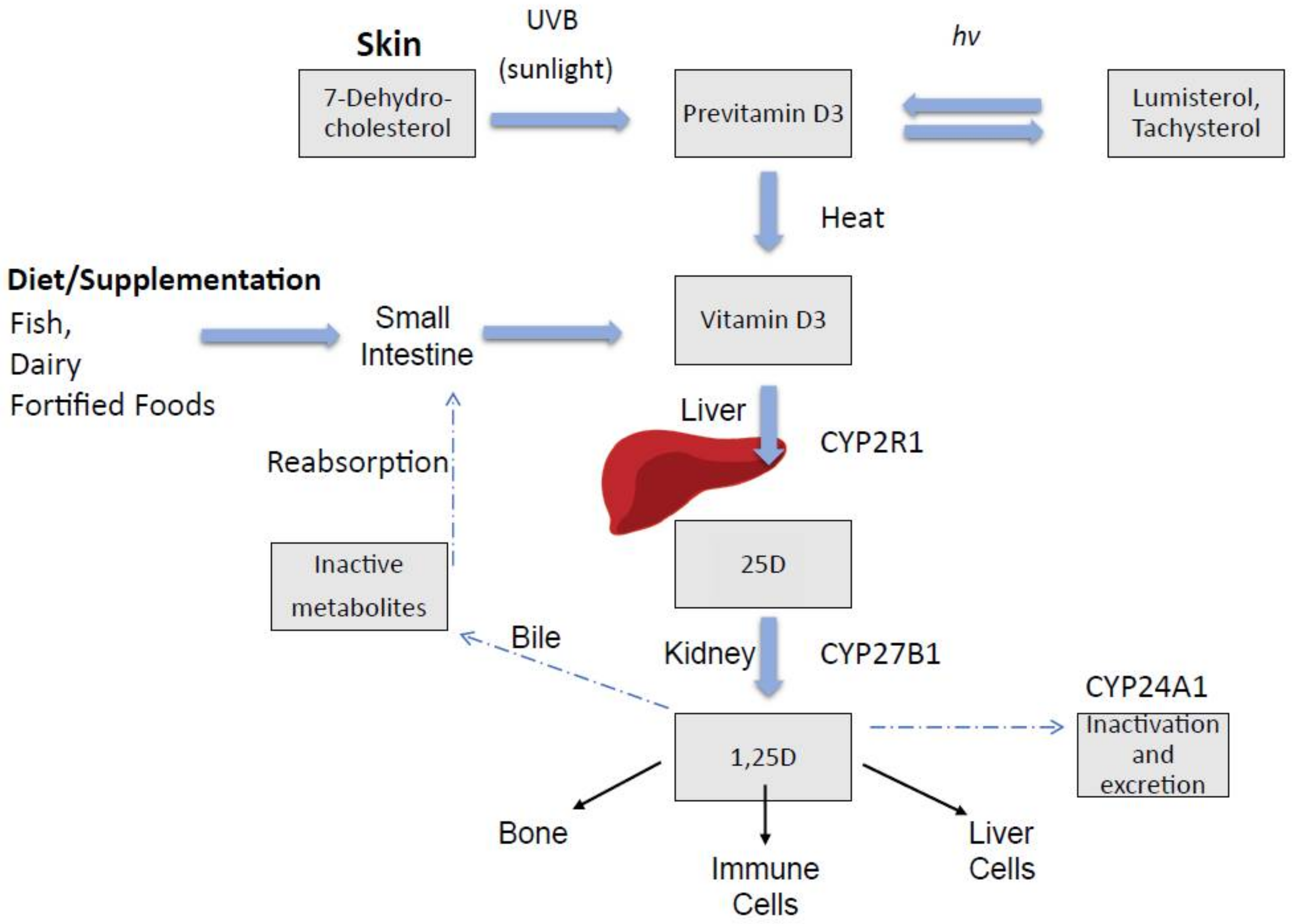 Nutrients Free Full Text Vitamin D And The Liver Correlation Or Cause Html
Nutrients Free Full Text Vitamin D And The Liver Correlation Or Cause Html
View Of Vitamin D Deficiency In Patients With Liver Cirrhosis Annals Of Gastroenterology
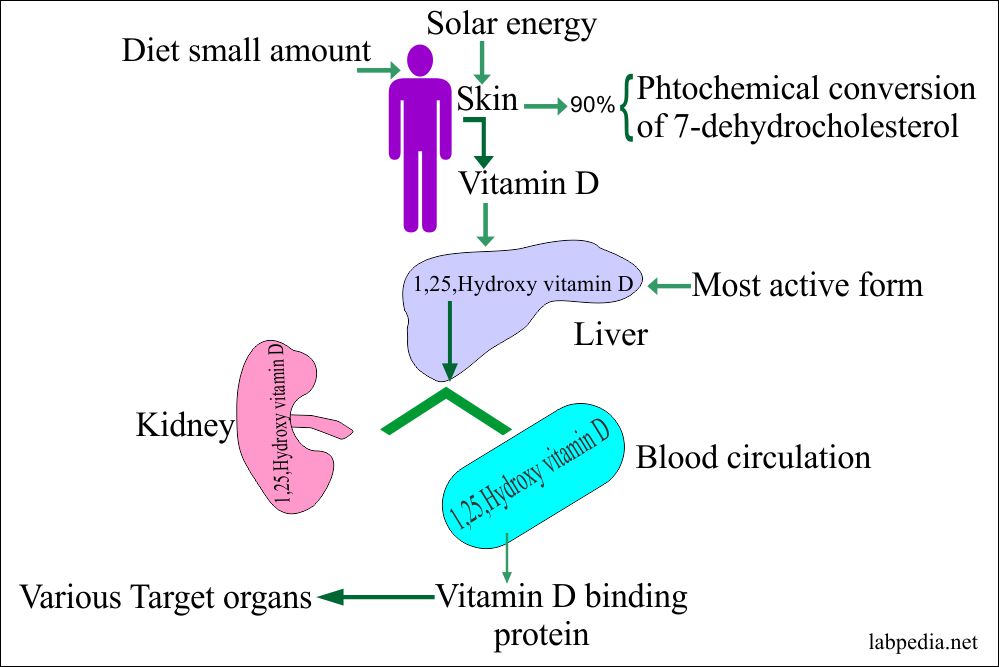 Vitamin D Vitamin D2 And D3 Labpedia Net
Vitamin D Vitamin D2 And D3 Labpedia Net
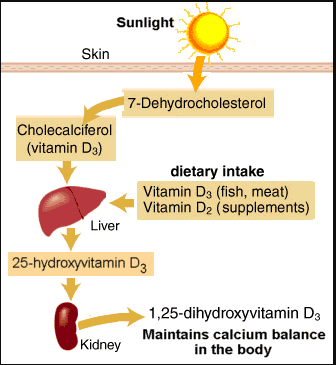 All About Vitamin D Measure Up
All About Vitamin D Measure Up
Overview Liver And Vitamin D Vitamindwiki
 Nutrients Free Full Text Vitamin D And Endothelial Function Html
Nutrients Free Full Text Vitamin D And Endothelial Function Html
 D Livering The Message The Importance Of Vitamin D Status In Chronic Liver Disease Journal Of Hepatology
D Livering The Message The Importance Of Vitamin D Status In Chronic Liver Disease Journal Of Hepatology
 Vitamin D May Limit The Progression Of Non Alcoholic Fatty Liver Download Scientific Diagram
Vitamin D May Limit The Progression Of Non Alcoholic Fatty Liver Download Scientific Diagram
 The Deficiency And The Supplementation Of Vitamin D And Liver Lessons Of Chronic Fructose Rich Diet In Mice Sciencedirect
The Deficiency And The Supplementation Of Vitamin D And Liver Lessons Of Chronic Fructose Rich Diet In Mice Sciencedirect
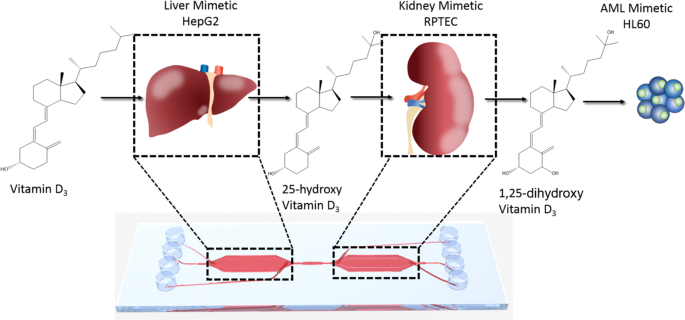 In Vitro Metabolic Activation Of Vitamin D3 By Using A Multi Compartment Microfluidic Liver Kidney Organ On Chip Platform Scientific Reports
In Vitro Metabolic Activation Of Vitamin D3 By Using A Multi Compartment Microfluidic Liver Kidney Organ On Chip Platform Scientific Reports

No comments:
Post a Comment
Note: only a member of this blog may post a comment.